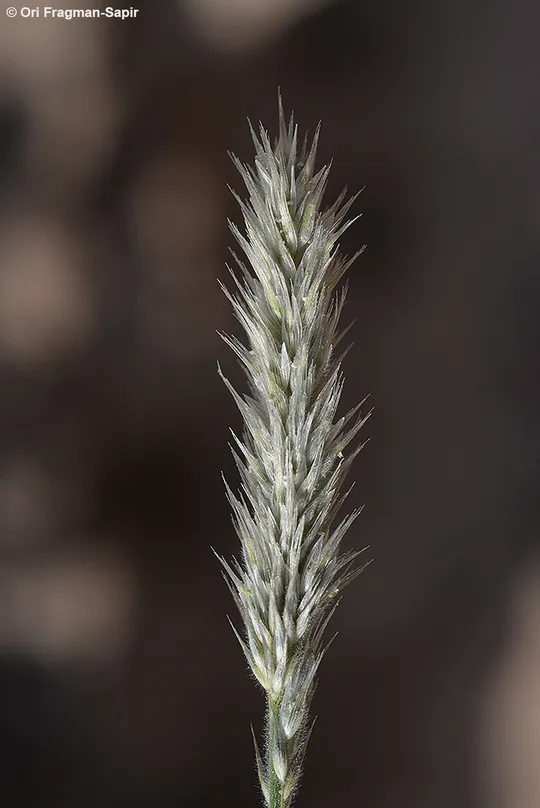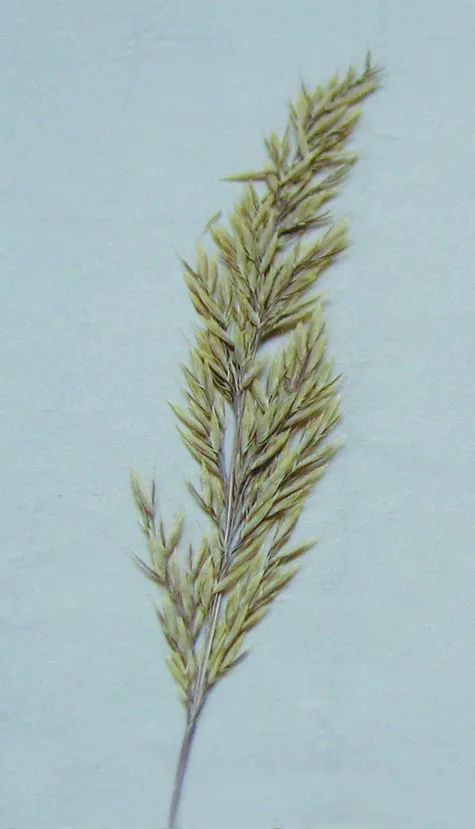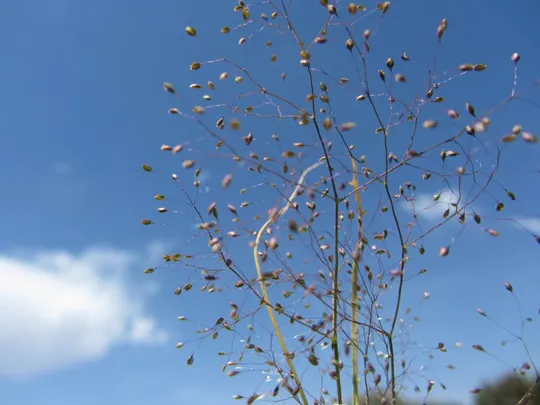Enneapogon persicus
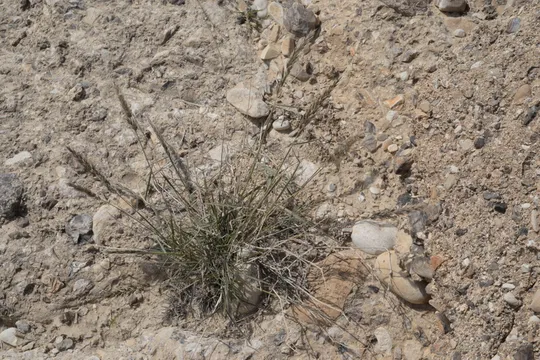
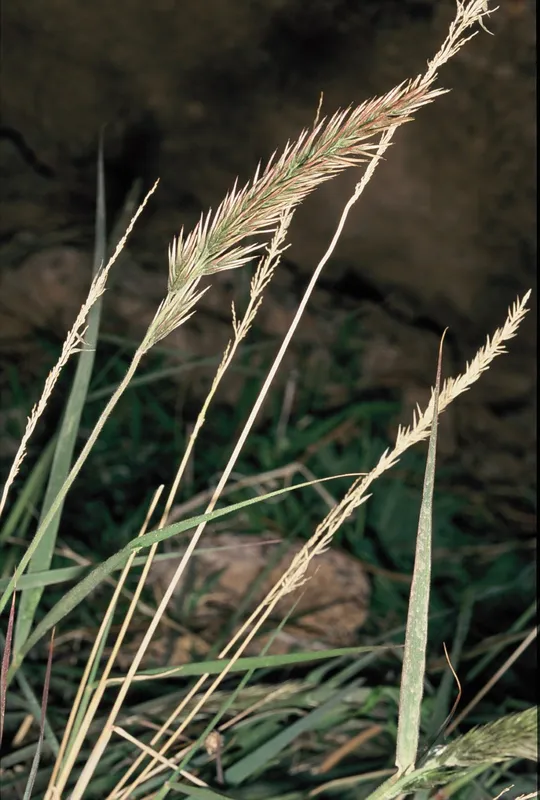
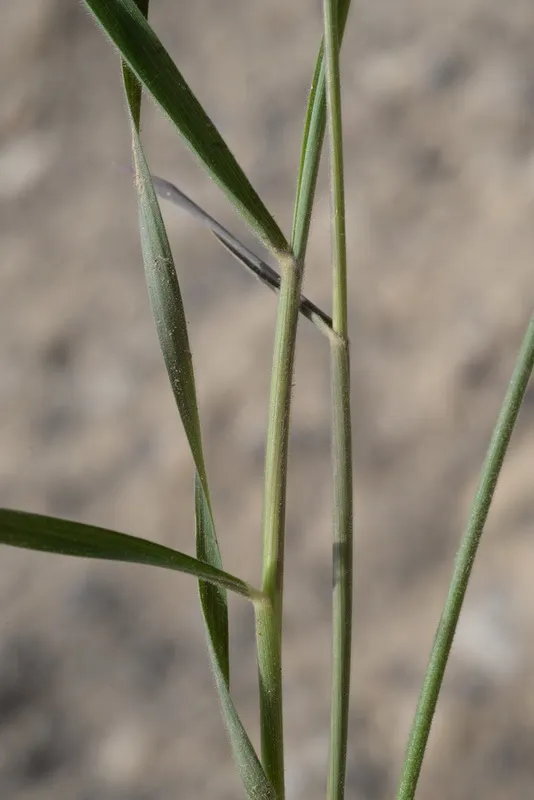
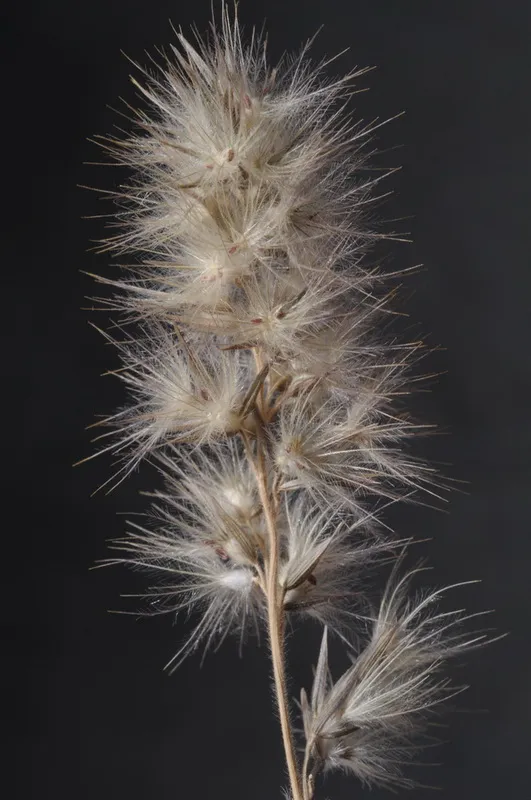
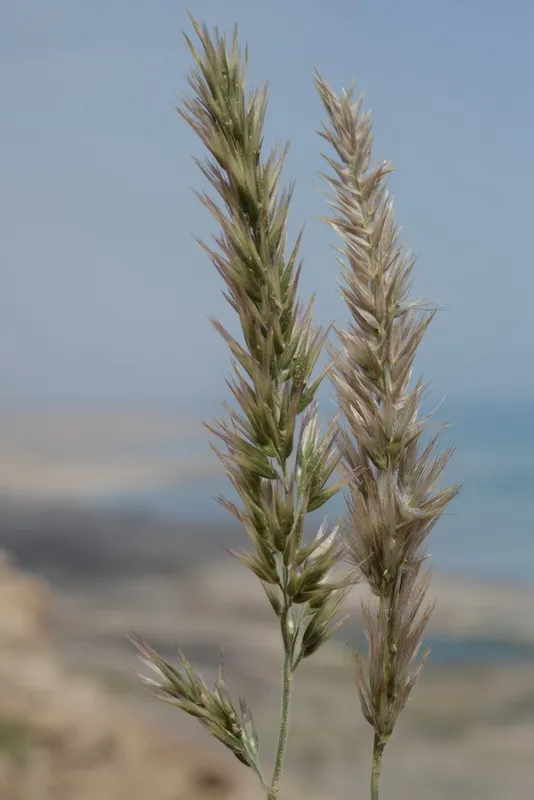
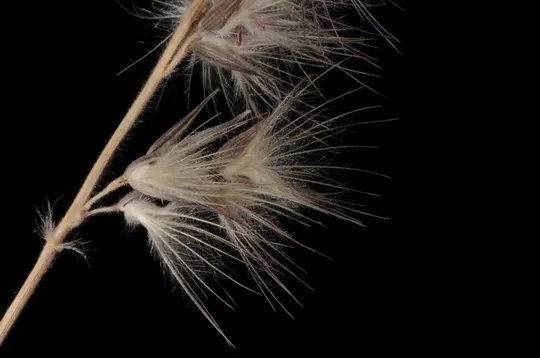
Enneapogon persicus is mentioned in the Flora of Iraq as a fodder plant in
the hills north of Kirkuk in northern Iraq.
Enneapogon persicus grows in two regions:
the Judean Desert and the Eilat Mountains. Six sites are known with certainty
from the Judean Desert, in the Mitspe
Shalem-Metsoke Dragot area
and in the Enot Tsukim Cliffs (En Feshha)-ruins of Madin (Mazin Ruins) section. Jacob Lipkin collected a
specimen from a single site in the Elat Mountains, opposite Mount Jehoshaphat
in 1965. Alexander Eig collected it in 1931 and Tuvia Kushnir in 1943 apparently
very close to the Dead Sea, at an altitude of below -380 meters: it is possible
that the site where Tuvia Kushnir collected E. persicus in the 1940s is the site known today – Metsoke Dragot
Junction.
In Israel, E. persicus grows on rocky slopes and cliffs in the hot desert. In other areas,
it grows in diverse habitats, e.g. transition zone shrublands, savannas,
beaches and other places.
See Enneapogon desvauxii.
·
The distribution of Enneapogon persicus seems to be
stable over time in the Judean Desert near the Dead Sea, but there have been no
new reports from the Elat Mountains since 1965.
·
Its populations are small, occasionally
with only a few dozen plants growing at a site. Consistent demographic
information is lacking.
·
All the E. persicus growth sites in the Judean Desert are
included in the Matsok HaHe'etekim Reserve.
·
E. persicus is widely distributed in the world,
and is not endangered. However, in the marginal areas of its range, it is
extremely rare, and it is included in the Red Book of Spain (Bonares et al,
2004) in addition to the Israeli list.
A specific survey
to locate Enneapogon
persicus populations
should be conducted in the Judean Desert cliffs near the Dead
Sea as well as to verify its existence in the Elat Mountains. This will allow a
more accurate assessment of the population status, its locations and number of
sites.
Enneapogon persicus has an extremely
broad distribution in East Africa – Egypt, Somalia, Eritrea, Ethiopia, Kenya
and Tanzania; in the Middle East – Yemen, Oman, Saudi Arabia, Iran, Iraq, southern
Jordan and southern Israel. Its range in Asia also spreads eastwards to West
Pakistan, Northwest India, and Central Asia to Afghanistan, Uzbekistan,
Turkmenistan and Kyrgyzstan. The appearance of E. persicus
on two sites in Murcia in southern Spain, which is the driest area in this country,
is interesting. E. persicus grows there in
the company of other perennial Gramineae (Poaceae) such as Hyparrhenia hirta
and other arid plants such as Periploca aphylla and Launaea resedifolia.
Enneapogon
persicus
is a perennial grass of cliffs and rocks in hot deserts that grows on a few
sites in Israel, on the Judean Desert cliffs and possibly in the Elat
Mountains. The sites in Israel are found at the northern edges of its global range.
Bonares, A., Blanca, G., Guemes, J., Moreno, J.C. & Ortiz, S. 2004. Atlas y Lobro Rojo de la Flora Vascular Amenazada de Espana. Direction General de Conservacion de la Naturaleza, Madrid.
Current Occupancy Map
| 1000 squre meter pixel | 5000 squre meter pixel | 10000 squre meter pixel | |
|---|---|---|---|
| number of observations | 0 | 0 | 0 |
| in total pixels | 0 | 0 | 0 |
| Family | Gramineae |
| Classification | On the endangered species list |
| Ecosystem | Desert |
| Chorotype | Irano-Turanian - Sudanian |
| Conservation Site | Mitspe Shalem Junction - Metsoke Dragot |
| Rarity |
1
5
6
|
|---|---|
| Vulnerability |
0
0
4
|
| Attractiveness |
0
0
4
|
| Endemism |
0
0
4
|
| Red number |
1
3.2
10
|
| Peripherality | S |
| IUCN category | DD EW EX LC CR EN VU NT |
| Threat Definition according to the red book | Vulnerable |
 Based on:
Based on:
